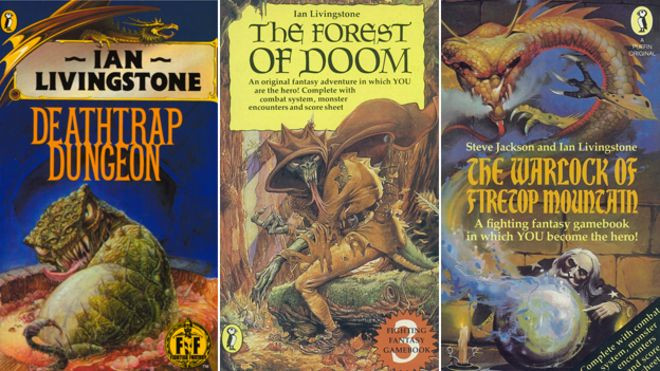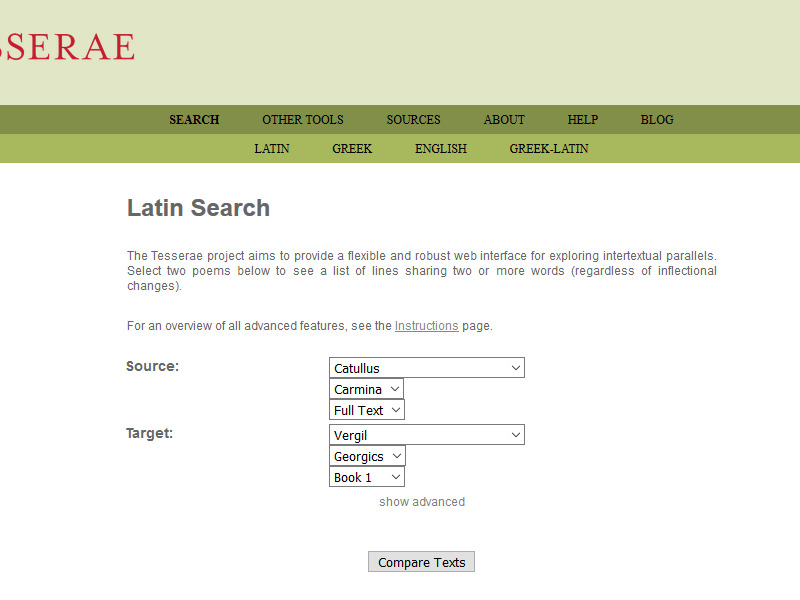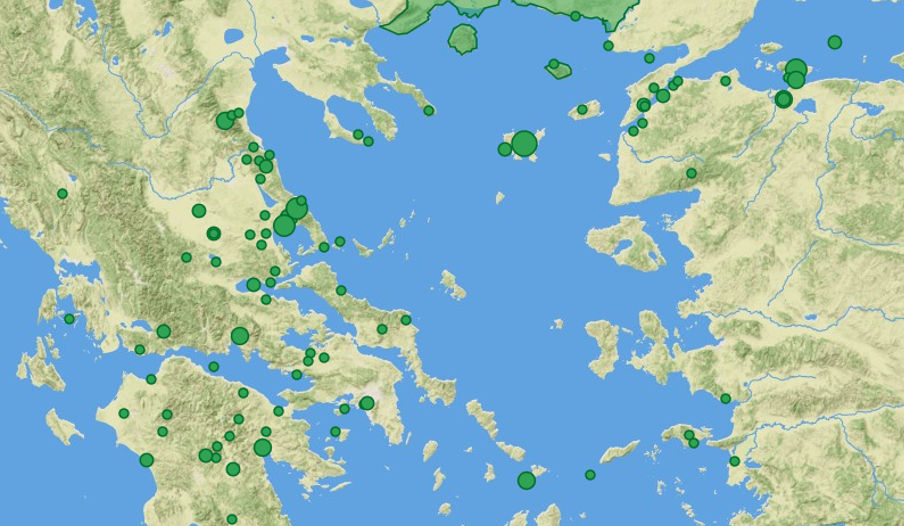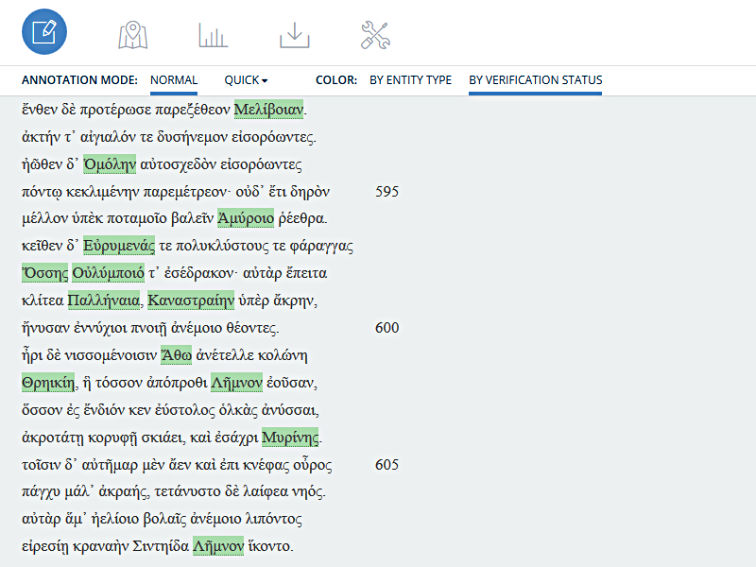The Resourceful Reader – Digital Tools
Just a quick run through some digital resources and tools: three for the Classically-minded and one for the creative reader.
Tesserae
‘The Tesserae project aims to provide a flexible and robust web interface for exploring intertextual parallels’. I gave Tesserae a test drive when working through some potential intertexts for a passage in Ovid’s Metamorphoses (Building an Intertextual Network with Lions – Part 2). The interface is very easy to use; pick two texts and compare. This will likely generate a lot of hits (an awful lot) but the advanced features allow for the filtering out of high frequency words, searching by sound as well as lemma and semantic match, and setting the maximum distance (span) between matching words. Of course, what the reader does with the parallels generated by Tesserae is down to the reader.
Pede certo
Pede certo is ‘a program for the automatic analysing of Latin verses.’ Now, I didn’t give this program a test drive when scanning verse in the same passage of the Metamorphoses (Building an Intertextual Network with Lions – Part 1). Those hexameters I did the old-fashioned way, but I’ve had a play with it since then, inputting those same lines into the Free Scansions tool to be ‘ticked’.
 With a staggering 244,000 dactylic verses already scanned, searches by e.g. word-type or patterns and features, the reader can supplement intertextual mining with consideration of rhythm and verse-structure. Or input the seventeen hexameters of their own ‘epic’.
With a staggering 244,000 dactylic verses already scanned, searches by e.g. word-type or patterns and features, the reader can supplement intertextual mining with consideration of rhythm and verse-structure. Or input the seventeen hexameters of their own ‘epic’.
 Technically hexameters but those elisions and rhythms … possibly they reflect the agitated mind of the narrator, possibly not.
Technically hexameters but those elisions and rhythms … possibly they reflect the agitated mind of the narrator, possibly not.
Recogito
A Pelagios initiative, Recogito is all about linked data – via geo-spatial mapping. If mapping from a text, you’ll need to convert your text document to a .txt file prior to uploading, but once uploaded you can begin highlighting text and linking to the locations in the database. Predictably the text I am currently mapping is the Argonautica. As you can see from the screenshots, there are many locations in Argonautica 1!
That huge cluster on mainland Greece is due to the Catalogue of Heroes which comes in preliminary exposition before the voyage and narrative get underway. What I’ve been doing so far is linking every location in the text but not all those locations are part of the voyage; the visual reflects everything rather than the itinerary. The labelling system does, however, include tagging (as well as a comment box) which I’m using for refining the list e.g. tagging as prolepsis, analepsis, simile. It’s also very easy to highlight names of individuals and peoples to store in your project data. Again, I’m working on a tagging system for making some distinctions there as well between characters who play a part in the narrative and those who are simply referenced in the text e.g. between the Argonauts themselves and their various named ancestors.
Recogito saves your work as you work and has a clean, user-friendly interface. All that’s required is an email address to register and start your own map to share.
Twine
I’ve written about Twine ‘an open-source tool for telling interactive, nonlinear stories’ before (see Playing with Twine). It’s free to download and there are versions available for Windows. OS X and Linux. Anyone familiar with the old Fighting Fantasy series and similar interactive print adventure-books will quickly grasp the idea!
 There’s plenty of documentation to help you get started creating your own interactive text and a helpful community of Twine users too. Also have a peek at Astra Inclinant, the student prize winner in this year’s Reading Digital Fiction competition to see what can be achieved (with proficiency, application and effort). Rather than writing my own stylish adventure, I’m working on using Twine for reader-experience experiments with Cyzicus 2.0 featuring a range of character ‘guides’ with different interests and input on the text. Followed by a questionnaire, this could be used to gather data on the effect of supplementary information on real readers during their reading experience.
There’s plenty of documentation to help you get started creating your own interactive text and a helpful community of Twine users too. Also have a peek at Astra Inclinant, the student prize winner in this year’s Reading Digital Fiction competition to see what can be achieved (with proficiency, application and effort). Rather than writing my own stylish adventure, I’m working on using Twine for reader-experience experiments with Cyzicus 2.0 featuring a range of character ‘guides’ with different interests and input on the text. Followed by a questionnaire, this could be used to gather data on the effect of supplementary information on real readers during their reading experience.
 I’ve added these four resources/tools to the site links for easy access and will add more as and when I stumble upon them. Enjoy.
I’ve added these four resources/tools to the site links for easy access and will add more as and when I stumble upon them. Enjoy.


